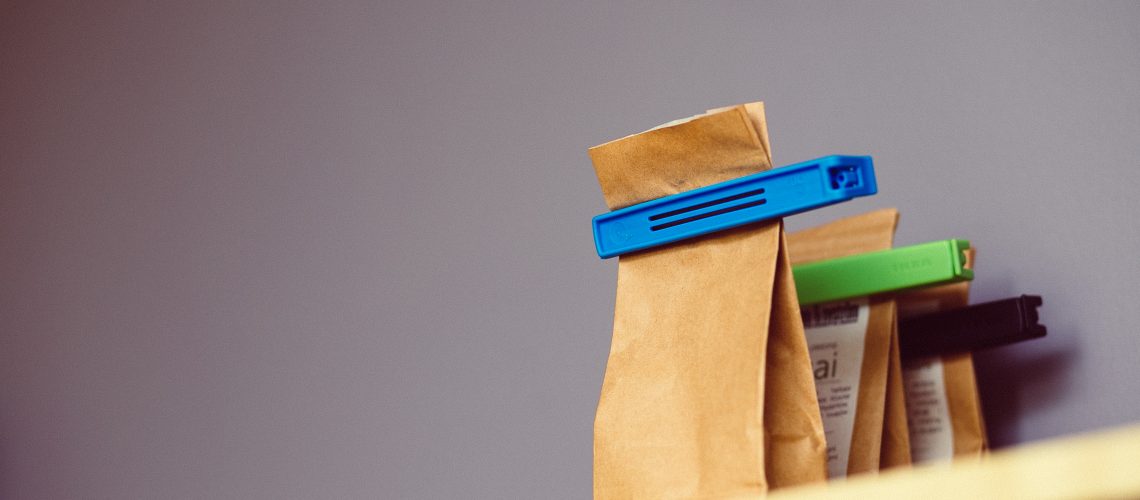A recent research in Norway have created a plant-based packaging not only helps prolong food and it’s shelf life but also is a great indicator of when food should not be eaten. This finding can change the whole scene of food safety.
The researchers at the research organisation SINTEF in Norway say that the newly developed oxygen-proof bioplastic packaging is made with polylactic acid (PLA) and bio-PET (polyethylene terephthalate). It is designed to shield the food from its surroundings, including oxygen that can spoil food while other kinds of plastic packaging allow that but shorten its shelf life.
This packaging is designed to be environmentally healthy. Since the packaging is oxygen-proof, it can
reduce the amount of carbon footprint in the manufacturing process and also reduce greenhouse gas emissions.
The biggest step for food safety is the tiny sensors installed into this plant-based packaging. It can notify the user when the food temperature is too high or assess the food pH that can indicate if the food already became spoiled. Since the sensors touch the food, the researchers say that it has to be approved by food hygiene authorities.
Isn’t this a great invention? Are there any other factors you think people who design food packaging should consider?
If you would like more information on this topic or get the source URL for this article, then email us at [email protected]
